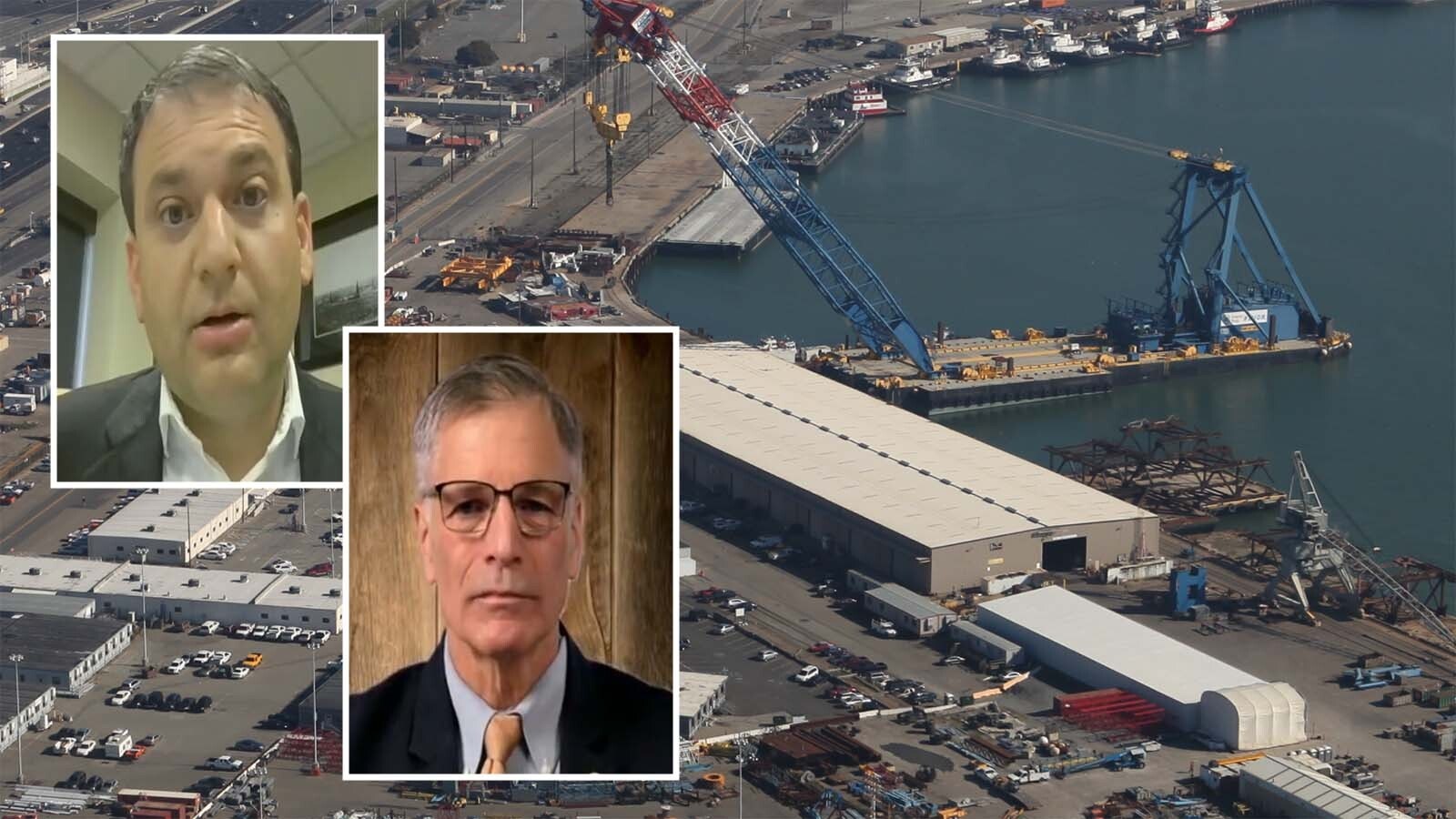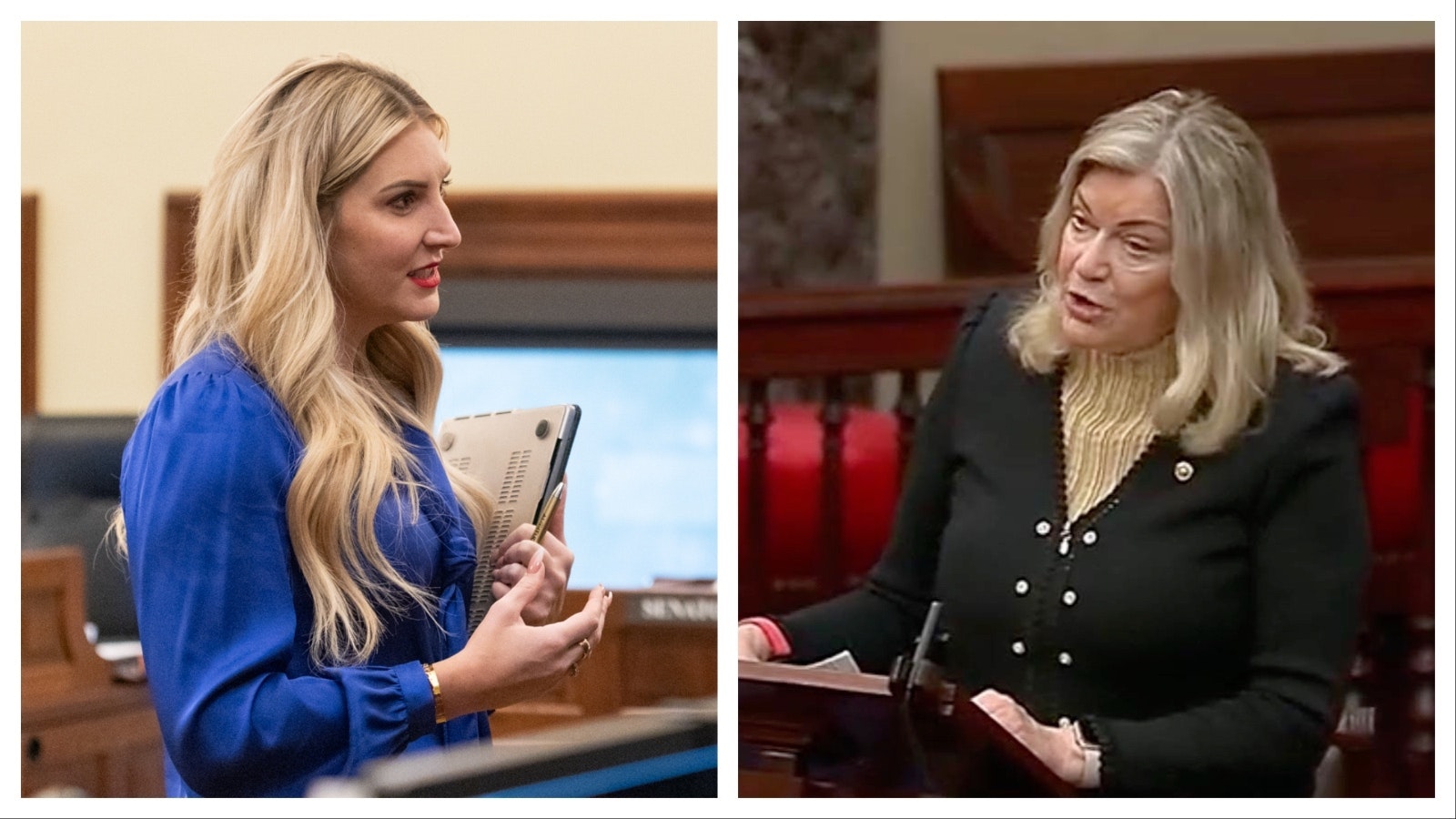By Kevin Killough, Energy Reporter
kevin@cowboystatedaily.com
Wyoming’s congressional delegation is throwing its weight behind a permitting reform bill that, if passed, will streamline environmental permitting reviews of infrastructure projects.
While Democrats still haven’t announced their version of a permitting reform bill, Republicans have moved forward with their own, dubbed the Simplify Timelines and Assure Regulatory Transparency Act (START).
U.S. Sens. John Barrasso and Cynthia Lummis, both R-Wyoming, joined Sen. Shelley Moore Capito, R-West Virginia, in introducing the legislation which, if passed, would expedite permitting for everything from road and bridge projects to transmission lines for wind farms.
Killing Development
In the leadup to the passage of the Inflation Reduction Act, Senate Energy and Natural Resources Chair Joe Manchin, D-West Virginia, struck a deal with Senate Democratic leaders.
In exchange for Manchin’s support for the IRA, he would get support for legislation that would streamline environmental reviews of infrastructure projects.
While aimed at ensuring good stewardship of the environment, the environmental review process is long and costly, and can smoother projects in red tape.
One example of the impact the lengthy permitting process can have is Rare Element Resources. The company in 2012 initiated its permitting for a rare earth mining operation, call the Bear Lodge Project. The plan included Bull Hill Mine 12 miles north of Sundance and a processing plant near Upton to refine the ore.
The process usually takes about 10 years. By 2015, the company had secured a draft environmental impact statement from the U.S. Forest Service, one of the key steps in the long, complex process.
Randy Scott, president and CEO of Rare Element Resources, said it was a major accomplishment to get that document in hand.
Even with that complete, the company faced potentially several more years to complete the final permits. Before that could happen, the process was brought to a halt.
“We ran out of money and couldn’t complete the permitting process at that point,” Scott said. “So, we put the permitting activities in suspension for the period of time.”
The company continues to pursue the environmental work associated with permitting the effort. It’s now working on an associated demonstration project.
The demonstration plant, while not at commercial scale as the company had hoped, can still prove its way of processing ore to investors, Scott said.
Processing plants are needed to extract rare earth minerals from raw mined material. Writing in Seeking Alpha, Tim Worstall, a wholesaler of rare earth metals and a global expert in the metal scandium, said these plants require capital expenditures of up to $1 billion. Securing investments in a project that expensive that also can take 10 years or more to get going isn’t easy.
Uphill Battle
The START Act contains a number of provisions that, if passed, will streamline permitting. It includes rules passed under former President Donald Trump that were intended to reform the National Environmental Policy Act and Clean Water Act.
The bill also would grant states a more authority in permitting development projects, including those on federal lands.
Other sections reduce the consultation process under the Endangered Species Act by shortening timelines from 90 days to 60.
“Important infrastructure, highway and energy projects across the country are being strangled by the red tape coming out of the Biden administration,” said Barrasso in a statement on the introduction of the bill.
The bottom line is “making the permitting process easier, not harder,” Barrasso said. “Our legislation makes key reforms that will help energy and infrastructure projects get done better, faster, cheaper and smarter.”





